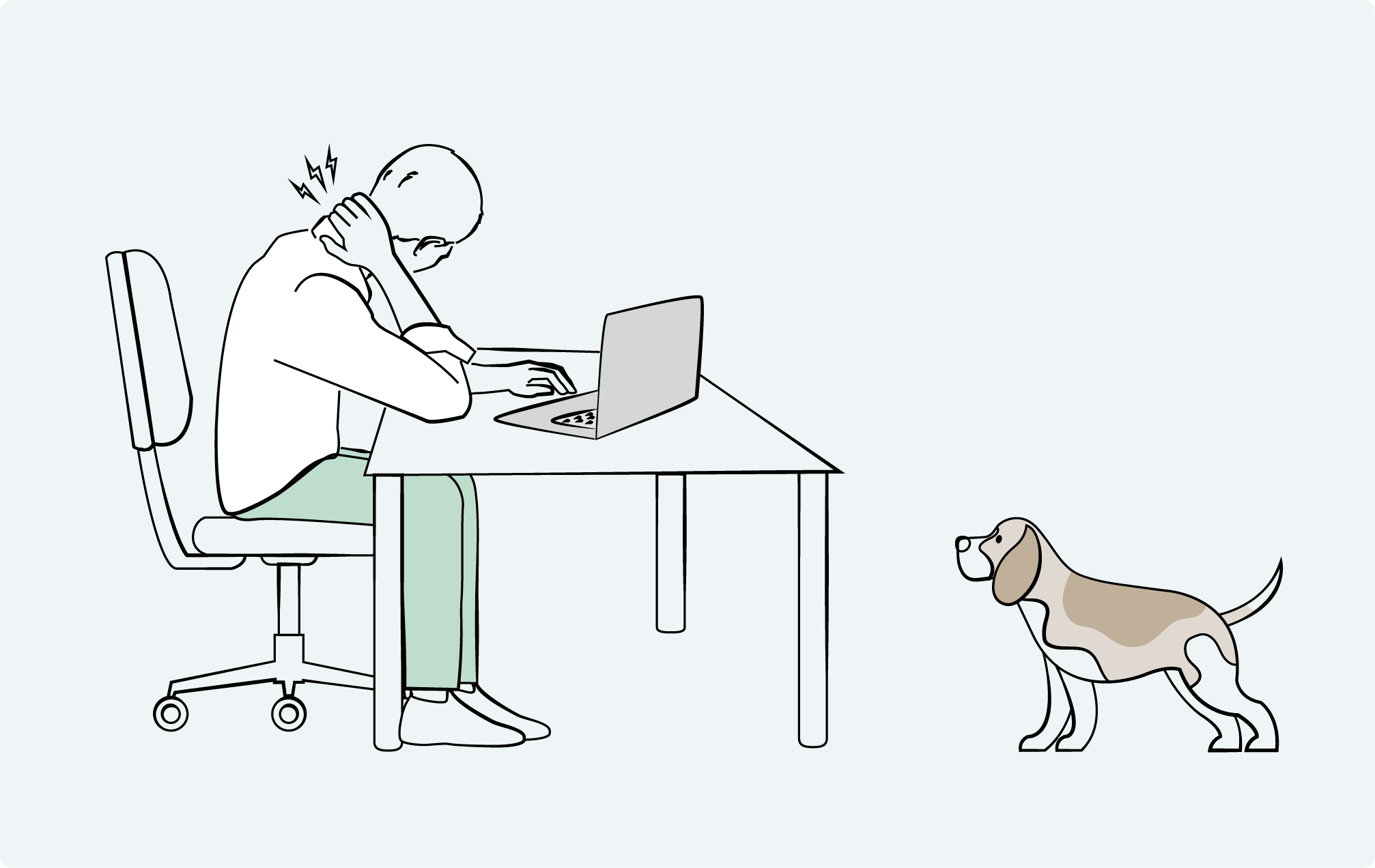How can a pinched nerve be treated?
Many people have received the diagnosis of a “pinched nerve” before they come to our office. Some of the more common locations include the neck, the low back, the wrist, or the elbow, but a pinched nerve can potentially occur in any part of the body. What is a pinched nerve, and how can chiropractic care help someone with this condition?
What is a pinched nerve?
A pinched nerve is a nerve that is compressed at some point along its path. In many cases, the affected nerve is a spinal nerve. When a spinal nerve is compressed, this is medically known as radiculopathy. Spinal nerves are incredibly important, because they connect the body to the spinal cord and brain. These nerves carry both sensory and motor information to and from the skin, muscles, and joints, allowing for the sense of touch and for voluntary movement. They also carry information to and from the organs of the body, controlling involuntary functions like blood flow and sweating, and allowing the brain to detect what is happening inside of the body.
Not all pinched nerves are spinal nerves. A nerve can also be compressed at a point farther away from the spinal cord, such as in the arm or leg. One common example is carpal tunnel syndrome, in which the median nerve (an important nerve to the hand) becomes compressed at the wrist. Another common example is compression of the ulnar nerve at the elbow, a condition sometimes known as “tennis elbow.”
How does a nerve become pinched?
The most common cause of a pinched spinal nerve is a herniated disc. This occurs when the inner gel-like material of the disc is forced through the protective layers surrounding it, causing it to bulge outward and potentially press on a nerve. Herniated discs are generally the result of an injury, which may be sudden (often occurring while lifting a heavy object) or chronic (often resulting from poor postural habits). Tension or inflammation in other structures around the spine, including muscles and ligaments, may also contribute to compression of a spinal nerve.
Pinched nerves in the arms or legs may be caused by repetitive motion, damaged or dysfunctional joints, certain chronic postural habits (such as using a keyboard that doesn’t position your wrists properly, or habitually leaning on the elbows), or by inflammation in muscles, ligaments, or other structures that surround a nerve.
What are the symptoms of a pinched nerve?
When a nerve is compressed, the symptoms are generally felt primarily in the area of the body served by the nerve, rather than at the site of compression itself. Patients may feel tingling, burning, pain, or numbness in that area. Some patients also have weakness in certain muscles that the nerve serves.
For a pinched spinal nerve in the neck, the symptoms are generally felt in the arm and/or hand, while a pinched spinal nerve in the low back causes symptoms in the leg and/or foot. A pinched median nerve caused by carpal tunnel syndrome causes symptoms in certain parts of the hand (usually the ring, middle, and pointer fingers), while compression of the ulnar nerve at the elbow generally causes symptoms in the pinky finger and the side of the hand.
The sensory and motor symptoms are usually the ones that a patient notices the most. However, a pinched spinal nerve may also affect the functioning of organs, even though people don’t always notice these effects so directly. Since virtually all communication between the body and the brain passes through the spinal cord and spinal nerves, many different bodily functions could potentially be affected by a pinched nerve.
How can chiropractic help?
To relieve the symptoms of a pinched nerve and prevent further nerve damage, it’s important to relieve the compression on the nerve. Fortunately, chiropractic can be helpful in relieving many of the causes of pinched nerves. Using spinal manipulation (via the diversified technique or activator method, or a combination of both), Dr. Barnes can often restore function to a dysfunctional joint (or joints) in the spine. This may also relieve tension in surrounding tissues such as muscles and ligaments, which can also help to reduce the pressure on a pinched nerve.
While most people think of chiropractic as a treatment method only for the spine, the truth is that chiropractic adjustment can also be used on other joints. Any part of the body can potentially be adjusted by a chiropractor. Dr. Barnes has successfully adjusted a variety of joints in the arms and legs, helping patients with nerve compression to heal and recover. The techniques for manipulating joints in the limbs are similar to those for manipulating joints in the spine. Through your medical history, examination, and imaging studies, Dr. Barnes can determine where a nerve is compressed, so that she can determine which joint(s) has dysfunction and address it.
Adjunct treatments can also be useful. For example, muscle stimulation can be useful in cases where a muscle spasm is putting pressure on a nerve. Therapeutic ultrasound can help with the inflammation that may result from a herniated disc or another injury, to relieve pressure on the nerve.


